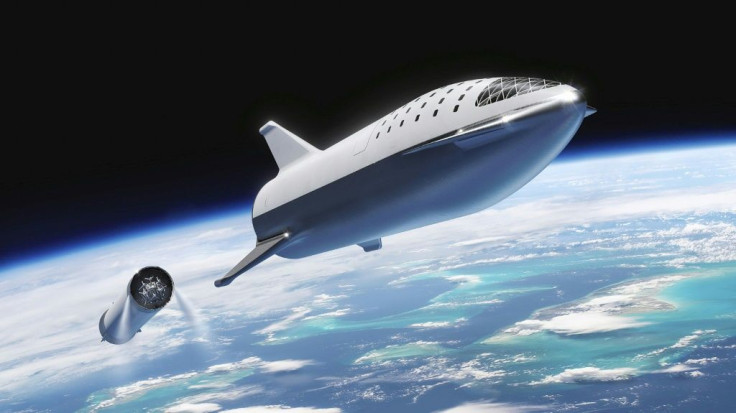SpaceX Sees Second Successful Test Of Its ‘Starship’ Next-Gen Mars Rocket Prototype

SpaceX’s next-generation of rockets is steadily inching closer to reality after a successful test flight Thursday for the company’s “Starship” prototype. This was the second successful test flight for the ship in the span of a month, with the SN6 model reaching 500 feet into the air before safely touching back down at the SpaceX facility in Boca Chica, Texas.
The Starship line was unveiled last year as an eventual successor to the company’s Falcon 9 and Falcon Heavy models. Elon Musk stated that these next-gen rockets are planned to be used in missions to the Moon and Mars, able to carry cargo and up to 100 passengers at a time.
Another major facet of the Starship’s design goals is the ability to be fully reusable, launching and landing safely with the frequency and stability of commercial jet aircraft. The Falcon models in use currently are only partially reusable.
“We’ve got to first make the thing work,” Musk previously explained. “Automatically deliver satellites and do hundreds of missions with satellites before we put people on board.”
The Starship prototypes got off a to a rocky start, with numerous explosions within the last year. Musk has said that the first few rounds of test flights will be “short hops” meant to help the company stabilize the line’s launch capabilities.
The back-to-back successes in recent weeks bode well for Starship’s continued progress. Test flights are not expected to reach orbit until next year.
© Copyright IBTimes 2025. All rights reserved.



















